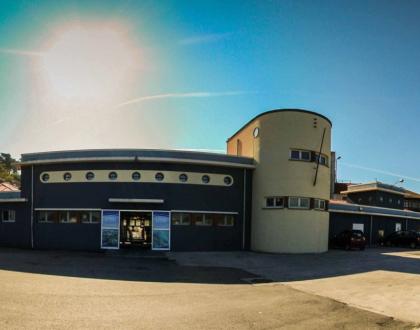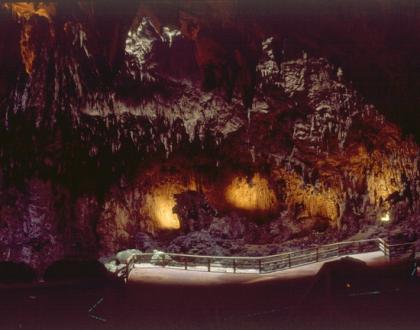FISHING HARBOUR - OLD FISH MARKET

Beschreibung
Fishing has historically been Ribadesella’s main industry. During the 20th century Ribadesella was one of the most important fishing harbours in the Cantabrian coast, so several canning factories were established here. Tuna, anchovy, sardine, bream, hake... were the usual species intensively captured and canned for decades. In the river salmon and elver were abundant as well. Today things are quite different, and Fishing has become a sustainable supporting industry. As a result, fishermen’s captures mainly focus in shellfish and near shore fish.
The old fish market was built during the 30’s decade of the 20th century by following the dictates of Rationalism style. That’s why its outside structure is a simple combination of round and squared volumes. Locally called La Rula, this building is the place where traditional fish auction was celebrated. Inside you will identify two different functional areas: downstairs there is the exhibition and weigh zone, actually the area for fishermen and the fish market members; and, upstairs, the old purchasing balcony was the place where fishmongers owned their numbered seats and bells to buy fish. If you go up you’ll see that some traditional fishing tools and some information panels with pictures and drawings are displayed there. They show how traditional public auction had place during the 20th century, and how different fishing techniques worked.
To finish, the central part of the balcony houses the precious and peculiar electric auction table that makes it worth the visit.
Fishing has historically been Ribadesella’s main industry. During the 20th century Ribadesella was one of the most important fishing harbours in the Cantabrian coast, so several canning factories were established here. Tuna, anchovy, sardine, bream, hake... were the usual species intensively captured and canned for decades. In the river salmon and elver were abundant as well. Today things are quite different, and Fishing has become a sustainable supporting industry. As a result, fishermen’s captures mainly focus in shellfish and near shore fish.
The old fish market was built during the 30’s decade of the 20th century by following the dictates of Rationalism style. That’s why its outside structure is a simple combination of round and squared volumes. Locally called La Rula, this building is the place where traditional fish auction was celebrated. Inside you will identify two different functional areas: downstairs there is the exhibition and weigh zone, actually the area for fishermen and the fish market members; and, upstairs, the old purchasing balcony was the place where fishmongers owned their numbered seats and bells to buy fish. If you go up you’ll see that some traditional fishing tools and some information panels with pictures and drawings are displayed there. They show how traditional public auction had place during the 20th century, and how different fishing techniques worked.
To finish, the central part of the balcony houses the precious and peculiar electric auction table that makes it worth the visit.












